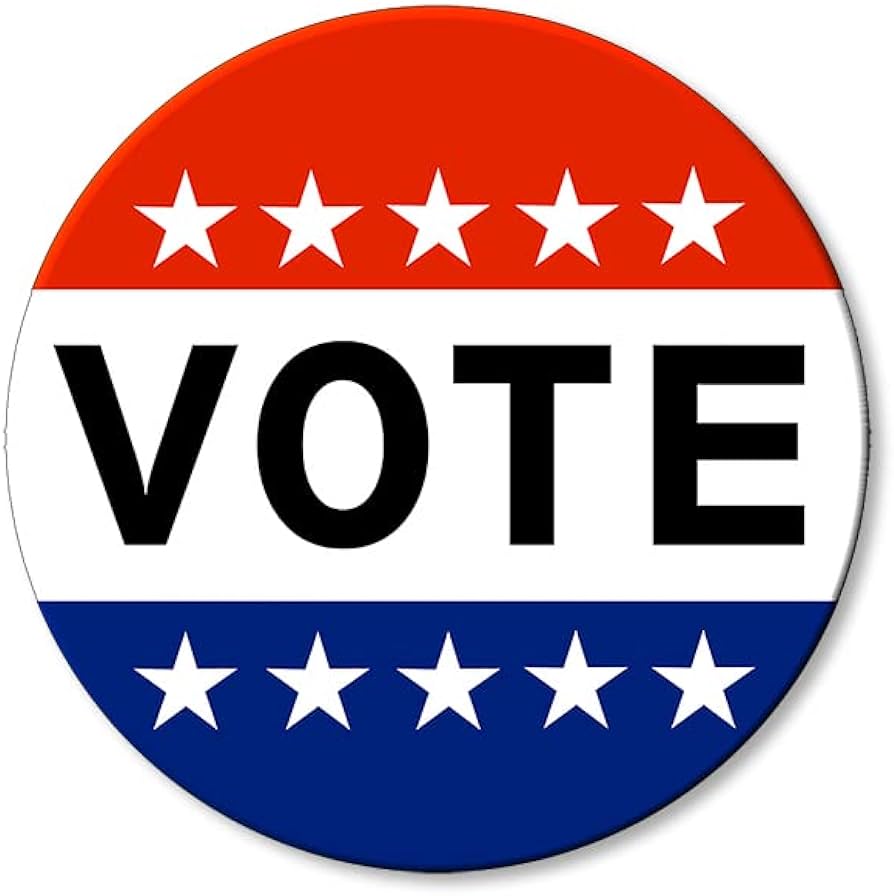

If there’s any one group of people in our society I’d support having always-on cameras, (like Larry Ellison, soon to be part owner of TikTok claims all people should have) it would be law enforcement agents.
You do not get to wield that much power over people without personal sacrifice.
“It’s a violation of my privacy!”- you’re on the job and have the power to ruin or even end someone’s life. Deal with it. Privacy for the governed, not for the wielders of government power.



It counts as protest, but not sustained protest, which is usually a decisive factor for if a protest will succeed in affecting anything. Even if every employee of a company left for a day, if they all came back the next day and resumed working, it wouldn’t be hard for the business to get back up and running, then just put systems in place to account for that in the future, but if those employees strike for months, suddenly all the business’s systems begin to fail without maintenance, customers leave because of no service, and the business goes bankrupt.